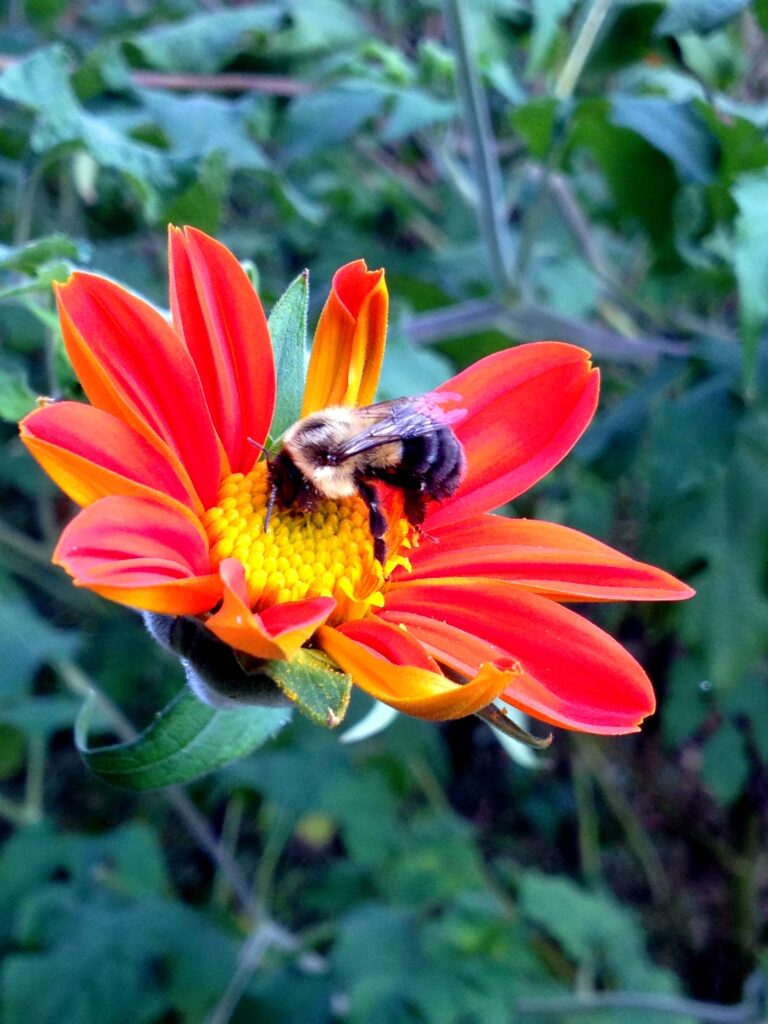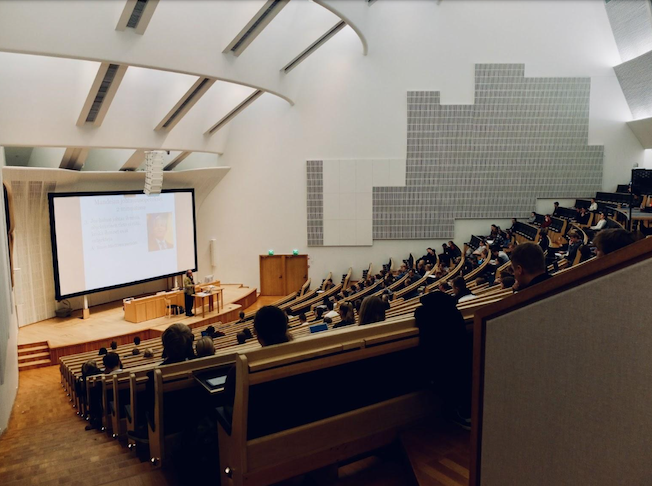Give the Gift of the Commons

As 2022 draws to a close, we want to take a moment from the bustle of the season to reflect on some of these successes, and to share the work that still needs to be done.
We ask that you consider the variety of giving options Agrarian Trust provides, including our Alternate Gift Catalog, the Caring for the Commons Fund, and the ongoing fundraisers in Maine, Southwest Virginia, and Central Virginia. With your help, we can chart a new path for land ownership in the United States.
The Legacy of Land

While these are the most common options donors use to transfer land into an Agrarian Commons, every donor is different. Agrarian Trust will work closely with prospective donors to ensure that they are able to make the gift in a way that best suits their needs, while continuing to support the Agrarian Commons. For example, donors can choose to donate only part of their land, or to spread their donation out over a couple of years in order to receive the optimal tax benefits. Nonprofits and land trusts are also welcome to donate land to Agrarian Trust.
The Agrarian Commons, Land Stewardship, and the Racist History of Land Conservation

As a land conservation organization, it is important for Agrarian Trust to grapple with the racist history of land conservation, and to imagine new models of land stewardship rooted in racial equity and active care for the land. The Agrarian Commons model is a clear step in this direction.
Commodity or Commons: Finance Capital and the Commodification of Land

The first major entity to begin investing in farmland as an asset was Teachers Insurance and Annuity Association of America (TIAA)—one of the largest pension firms in the United States, with $1,375 billion in assets. In 2007, the TIAA began purchasing enormous tracts of land. By 2017, the TIAA owned more than 1.9 million acres of farmland worldwide— an area significantly larger than the state of Maryland—including over 490,000 acres in Brazil alone. TIAA’s purchases in Brazil led to the consolidation of power in the hands of a small number of agribusinesses specializing in soy monoculture, driving farmers off their traditional land in record numbers, and leading to widespread deforestation, wildfires, and loss of biodiversity.
Oasis and Community in Petersburg, Virginia

“What it means for our community… it means a sense of hope,” said Cherry. “It’s a light in a very dark time, not just for our city, but even for our country. And its potential for our youth, to know that something besides a place like Walmart exists here—that’s big. Something to be proud about, to say we have a community farm, something we’ve worked for—to have that kind of light in Petersburg.”
Studies of the Agrarian Commons in the Higher Education Community

The Agrarian Commons model, now in its implementation phase, is being studied by researchers, professors, and students throughout higher education and law school institutions.
Virginia, a Resettlement State

America has always been a mix of cultural food traditions. We enjoy the freedom to explore taste and see the bounty of the many foodways, which allows us to be a part of the expansive American awareness. As cities become more culturally diverse, it is a chance for a renewed cultural fusion.
The state of Virginia has a resettlement program that makes space for this cultural interchange, facilitating new boundaries of cultural storytelling.
Press Release: Announcing New Land Acquisition Project for the Central Virginia Agrarian Commons

The Central Virginia Agrarian Commons (AC) is announcing its first land acquisition project. The Central VA AC needs to raise $145,000 through a fundraising campaign to acquire the 5.12-acre urban farm that sits right next door to an elementary school in Petersburg, Virginia. The Central VA AC is a collaboration between Agrarian Trust, Virginia Foodshed Capital, Virginia Cooperative Extension, Virginia Tech, the Petersburg Healthy Opportunities Project, Petersburg League of Urban Growers, and Sankofa Community Orchard to support urban food production and habitat diversity, and to counter high rates of food insecurity.